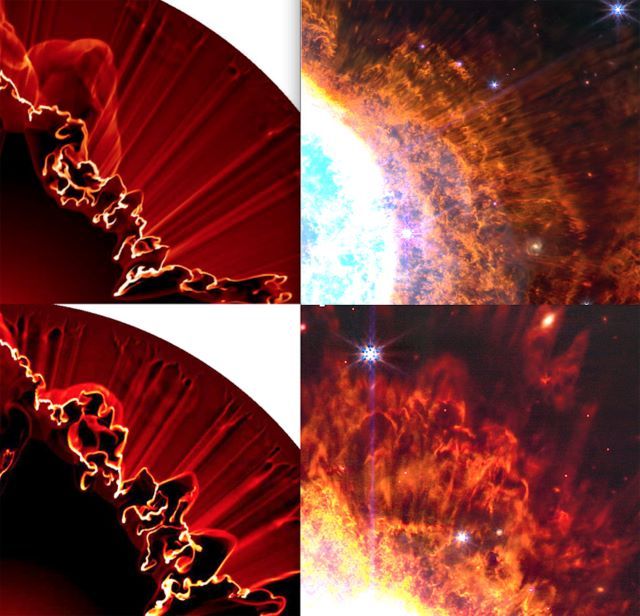Stunning Discoveries of Planetary Nebula with the James Webb Space Telescope
Explore the exciting discoveries made by the James Webb Space Telescope, including new details of the planetary nebula NGC 3132. Read about the benefits of the JWST and its impact on astronomy.





